Is it possible to have DropShadowEffect to ignore certain colors when rendering shadow? To have sort of masked (color selective) shadow?
My problem is what shadow can be assigned to whole visual element (graph). It looks like this:

And I want

Notice grid lines without shadow (except 0,0 ones). This can be achieved by having 2 synchronized in zooming/offset graphs, one without shadow effect containing grid and another with shadow containing the rest. But I am not very happy about this solution (I predict lots of problems in the future with that solution). So I'd rather prefer to modify DropShadowEffect somehow.
I can create and use ShaderEffect, but I have no knowledge of how to program shaders to have actual shadow effect (if it can be produced by shaders at all).
Perhaps there is much easier way of doing something with DropShadowEffect itself? Anyone?
Edit
I tried to make shader effect:
sampler2D _input : register(s0);
float _width : register(C0);
float _height : register(C1);
float _depth : register(C2); // shadow depth
float4 main(float2 uv : TEXCOORD) : COLOR
{
// get pixel size
float2 pixel = {1 / _width, 1 / _height};
// find color at offset
float2 offset = float2(uv.x - pixel.x * _depth, uv.y - pixel.y * _depth);
float4 color = tex2D(_input, offset);
// convert to gray?
//float gray = dot(color, float4(0.1, 0.1, 0.1, 0));
//color = float4(gray, gray, gray, 1);
// saturate?
//color = saturate(color);
return tex2D(_input, uv) + color;
}
But fail at everything.
Edit
Here is screenshot of graph appearance, which I like (to those, who try to convince me not to do this):

Currently it is achieved by having special Graph which has template
<Border x:Name="PART_Border" BorderThickness="1" BorderBrush="Gray" CornerRadius="4" Background="White">
<Grid>
<Image x:Name="PART_ImageBack" Stretch="None"/>
<Image x:Name="PART_ImageFront" Stretch="None">
<Image.Effect>
<DropShadowEffect Opacity="0.3"/>
</Image.Effect>
</Image>
</Grid>
</Border>
Everything is rendered onto PART_ImageFront (with shadow), while grid is rendered onto PART_ImageBack (without shadow). Performance-wise it is still good.
